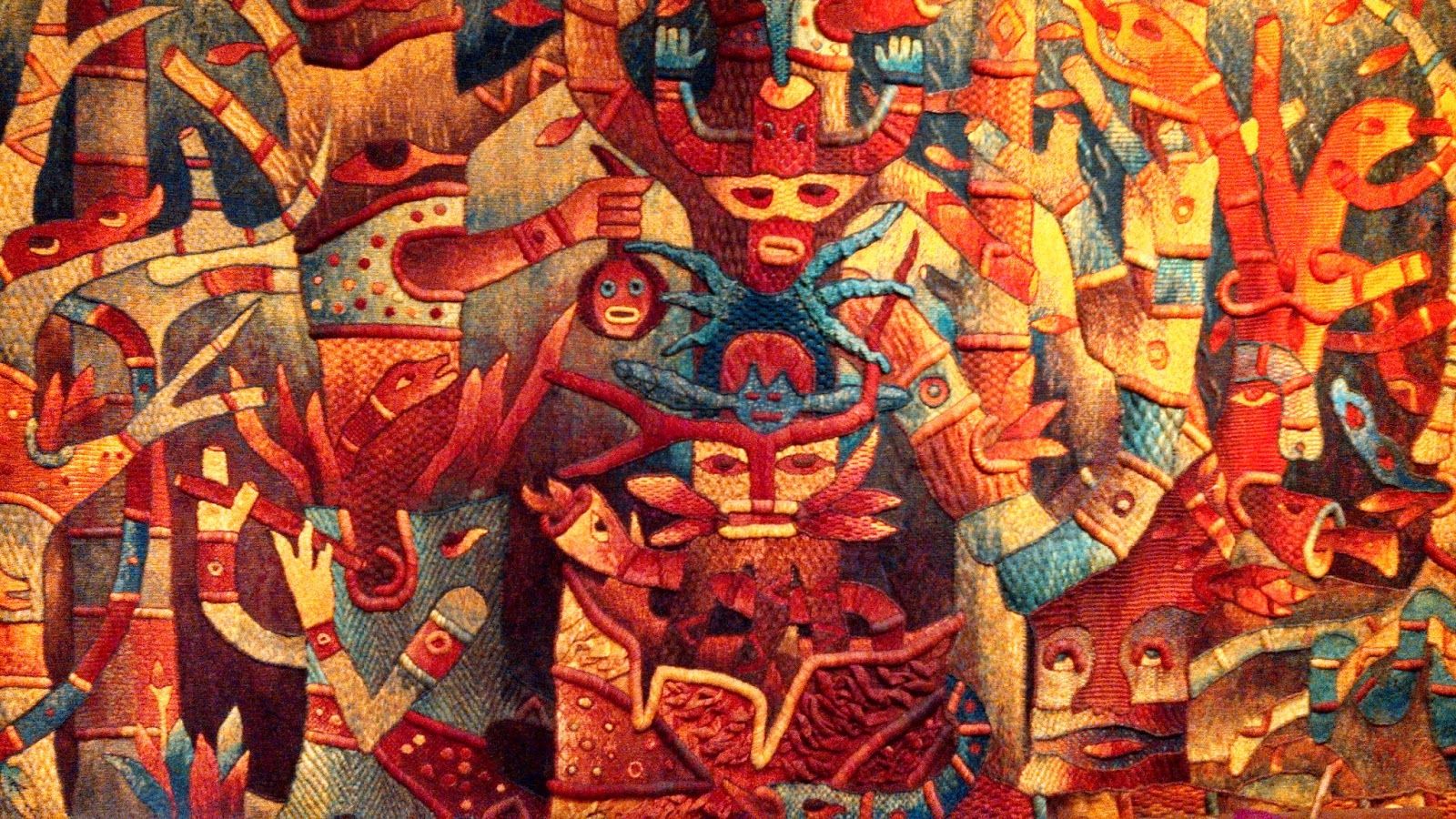Culture, in its essence, is the collective expression of a society, encompassing its beliefs, values, customs, and traditions. Understanding the diverse elements that constitute a culture is pivotal for fostering cross-cultural awareness and appreciation. In this article, we delve into the multifaceted tapestry of cultural elements that shape societies worldwide.
Defining Elements of Culture
Culture comprises a myriad of elements that together form the unique identity of a community. From language and symbols to rituals and values, each element plays a crucial role in defining and preserving a culture.
Language as a Cultural Element
Arguably one of the most fundamental elements, language serves as a vessel for cultural transmission. Beyond mere communication, language embodies the history, worldview, and nuances of a culture. Whether spoken or written, language is a key player in shaping and preserving cultural identity.
Cultural Symbols and Icons
Symbols, be they flags, monuments, or gestures, carry profound cultural meanings. They serve as visual representations of a society’s values and ideals, fostering a sense of collective identity. Icons, on the other hand, often transcend their cultural origins, becoming universally recognized symbols.
Social Norms and Customs
Social norms act as unwritten rules that govern behavior within a society, while customs are the practices that give life to these norms. Both contribute to the social fabric, providing a framework for interpersonal relationships and societal cohesion.
Cultural Artifacts
Objects, tools, and artworks offer glimpses into a culture’s material heritage. Whether it’s ancient pottery, traditional clothing, or contemporary art, cultural artifacts provide tangible links to the past and insights into the values and skills of a community.
Cultural Rituals and Traditions
Rituals and traditions are the heartbeat of a culture, breathing life into its customs. From religious ceremonies to annual celebrations, these practices foster a sense of continuity, connecting generations and reinforcing cultural identity.
Cultural Values and Beliefs
At the core of every culture lie its values and beliefs. Whether rooted in spirituality, ethics, or philosophy, these guiding principles shape societal norms and individual behaviors, forming the moral compass of a community.
Fashion as a Cultural Expression
Fashion transcends mere clothing; it’s a form of self-expression deeply intertwined with culture. Traditional attire, contemporary fashion trends, and even streetwear all reflect cultural influences, telling stories of heritage, innovation, and societal shifts.
Cuisine and Culinary Traditions
Food is a universal language that speaks volumes about a culture. Culinary traditions, ingredients, and preparation methods offer insights into a society’s history, geography, and social structures. Sharing a meal becomes a cultural exchange, fostering unity and understanding.
Religious Influences on Culture
Religion permeates every aspect of life, influencing art, architecture, and daily practices. Whether through sacred rituals or religious festivals, the spiritual fabric of a culture shapes its worldview and molds the moral character of its people.
Technological Impact on Cultural Evolution
In our rapidly evolving world, technology has become a formidable force shaping culture. From the way we communicate to our modes of entertainment, technological advancements influence societal norms and redefine cultural landscapes.
Youth Culture and Its Dynamics
The younger generation often spearheads cultural evolution through various subcultures. From music and fashion preferences to unique slang, youth culture not only reflects societal changes but also challenges existing norms, pushing boundaries and fostering innovation.
Globalization and Cultural Homogenization
While globalization brings unprecedented connectivity, it also poses challenges to cultural diversity. The influx of global influences can lead to cultural homogenization, prompting societies to grapple with preserving their unique identity amidst a sea of external influences.
Conclusion
In embracing the elements of culture, we embark on a journey of understanding and appreciation for the rich diversity that defines humanity. Each element contributes to the vibrant mosaic of global cultures, weaving a tapestry that celebrates our shared humanity while honoring our unique traditions.
FAQs
Why is language considered a fundamental cultural element?
Language is more than a means of communication; it encapsulates the essence of a culture, reflecting its history, values, and worldview.
How do cultural symbols transcend their original meanings?
Cultural symbols often acquire universal recognition, transcending their cultural origins and becoming globally iconic representations.
What role do social norms play in shaping a society?
Social norms act as unwritten rules governing behavior, fostering societal cohesion and providing a framework for interpersonal relationships.
Why is cuisine considered a significant cultural expression?
Culinary traditions offer insights into a culture’s history, geography, and social structures, making food a powerful expression of cultural identity.
How does youth culture contribute to cultural evolution?
Youth culture, through subcultures and innovative expressions, often leads cultural evolution by challenging existing norms and pushing societal boundaries.



